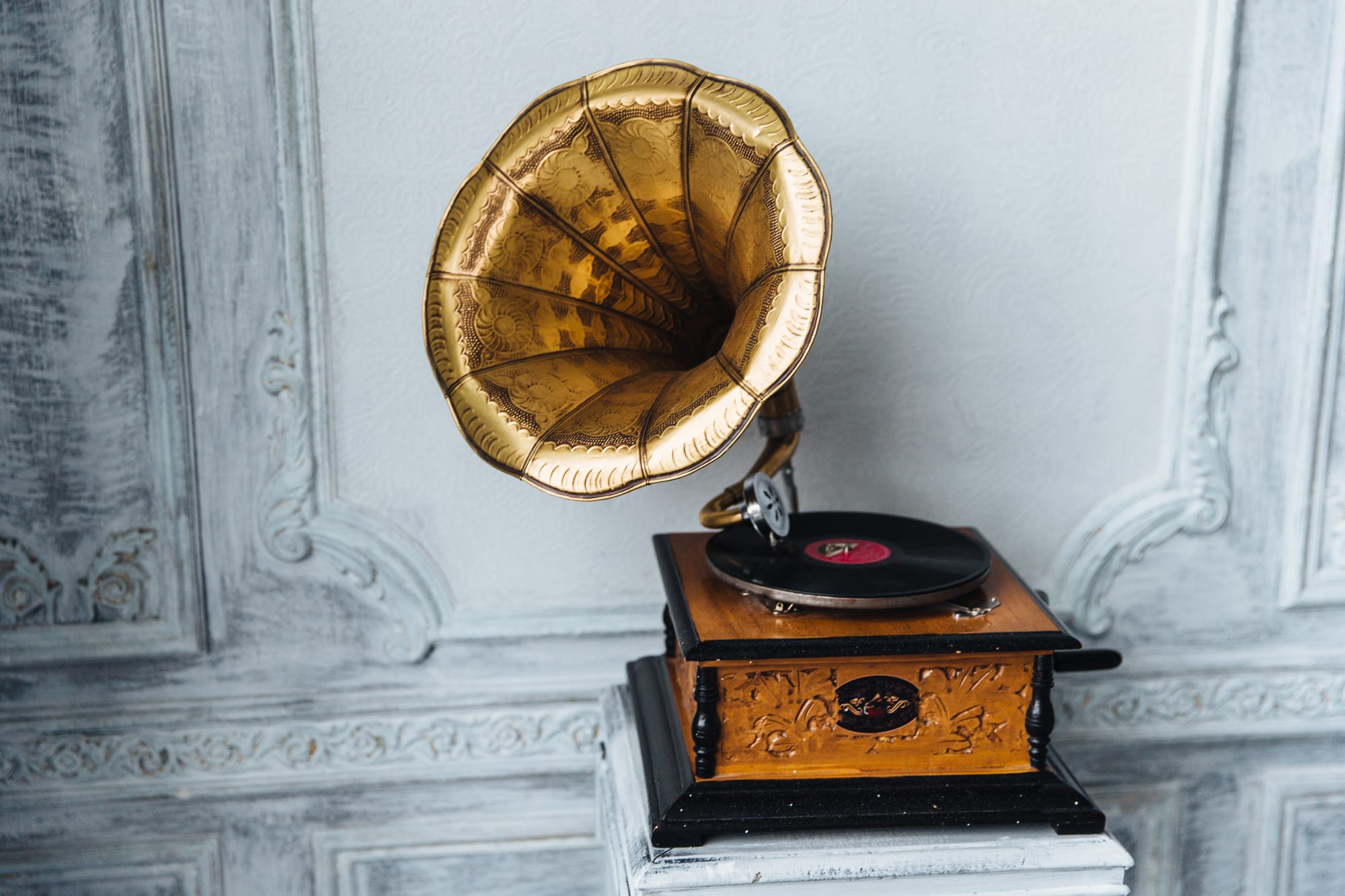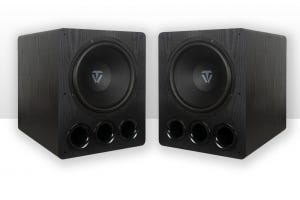
Loudspeakers are one of the most important electronic devices used in our society today; speakers are found everywhere, and music follows us almost anywhere we go. So, how did the modern speaker come to be?
The speaker was invented in the late 1800s by Alexander Graham Bell
Alexander Graham Bell is credited with the invention of the first practical telephone in 1876, which included a device called a "loud-speaking telephone" that allowed people to speak to each other in normal voices, rather than having to shout. It consisted of a diaphragm made of a thin sheet of metal or paper that was attached to a magnet and suspended in a coil of wire. When an electrical current was passed through the coil, it would produce a magnetic field that caused the diaphragm to vibrate, producing sound waves.
By creating a device that could transform electrical signals into audible noises, he paved the way for future inventions such as radios, televisions and even home theatre systems. Although many iterations have been made since his time to improve on this technology, it all began with Graham Bell's invention of the telephone. With his invention, we've able to open up a whole other realm of entertainment and communication.
Oliver Lodge creates the first cone-shaped loudspeaker
In the early days of loudspeakers, an inventive engineer named Oliver Lodge attached a metal cone to a phonograph and created the first speaker. The cone was intended to convert the electrical energy recorded on wax discs into sound waves, allowing people to hear their favorite music and stories with much greater clarity. Its invention marked the beginning of new era in communication, entertainment, and broadcast technology. Although the design has been improved over time, it is still based on this same simple concept.
The speaker has undergone many changes since then, including the addition of magnets, voice coils, and tweeters
Since its inception, the speaker has evolved significantly. Some major speaker design innovations over the years include:
Development of electrostatic speakers: These use a thin, electrically charged membrane suspended between two metal plates, which vibrates when an alternating current is applied, producing sound waves.
Introduction of dynamic speakers: These use a coil of wire attached to a diaphragm that moves back and forth within a magnet, producing sound waves.
Development of horn-loaded speakers: These use a horn-shaped sound amplifier to increase the efficiency of the speaker, allowing it to produce louder sound with less power.
Introduction of digital speakers: With the advent of digital audio, loudspeakers have been developed that use digital signal processing (DSP) to improve the sound quality and accuracy of the speaker.
With these additions, speakers can produce sharp highs and deep lows to achieve a full-range sound. Not only does it provide an enhanced audio experience for listeners but it also proves to be an attractive option in terms of cost and energy efficiency. We are likely to see speakers continue to change dramatically, especially with new developments like Heartmotion from Mayht, as we've discussed recently.





